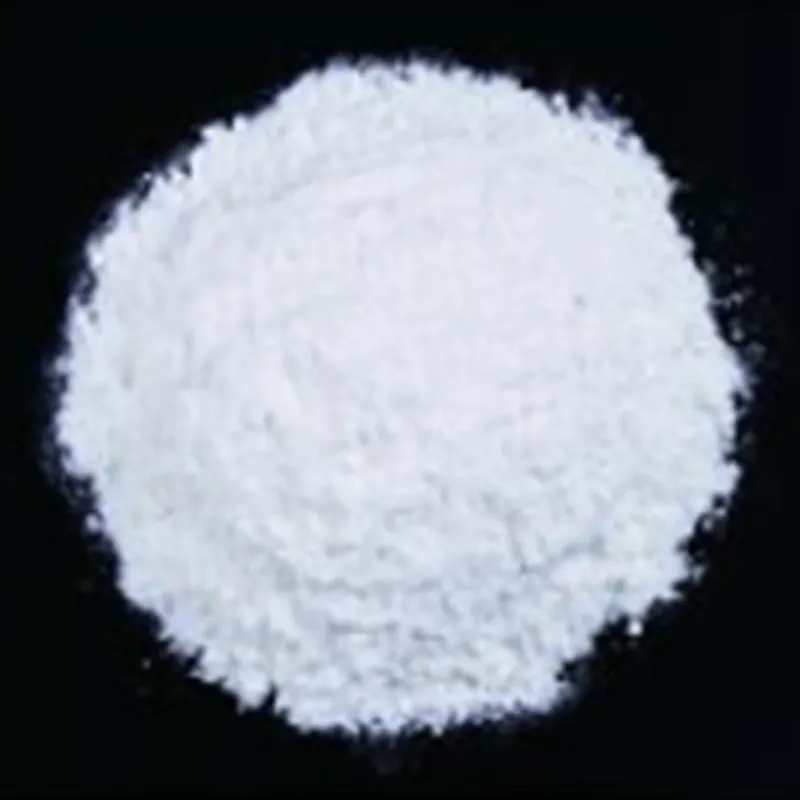
butadiene rubber
Understanding Butadiene Rubber Properties, Applications, and Future Prospects
Butadiene rubber, often referred to as BR (butadiene rubber) in the industry, is a synthetic rubber made from the polymerization of butadiene, a colorless gas that is a byproduct of oil refining and crude oil processing. Its unique properties make it a valuable material in various applications, especially in the automotive and manufacturing sectors.
One of the key characteristics of butadiene rubber is its excellent resilience and flexibility. This rubber exhibits high tensile strength, resistance to abrasion, and an impressive ability to withstand impacts. These properties make it an ideal choice for products that require durability and flexibility, such as tires, where it is often blended with other types of rubber to enhance performance.
In the automotive industry, butadiene rubber is primarily used in tire manufacturing. The production of tires containing BR allows for improved grip on wet surfaces, better wear resistance, and reduced rolling resistance, which can lead to better fuel efficiency in vehicles. This performance aspect is crucial for both passenger cars and heavy-duty vehicles like trucks. Additionally, butadiene rubber is utilized in producing rubber parts found in vehicles, including seals, gaskets, and hoses, contributing to the overall reliability and safety of automobiles.
butadiene rubber

Beyond the automotive sector, butadiene rubber finds applications in a variety of industries. It is used in the manufacturing of adhesives, sealants, and coatings due to its strong bonding properties and flexibility. Furthermore, BR is employed in the production of various consumer goods, including footwear, toys, and sports equipment, highlighting its versatility.
The production of butadiene rubber has several environmental considerations. While the raw material, butadiene, can be derived from fossil fuels, ongoing innovations and research aim to develop more sustainable production methods. For instance, researchers are exploring the potential of bio-based alternatives that can reduce the carbon footprint associated with rubber production. These advancements are vital as the world moves toward greener practices, with an increasing emphasis on sustainability and reduction of reliance on fossil fuels.
As the demand for butadiene rubber continues to grow, driven by the automotive industry and an uptick in consumer goods production, the market prospects remain strong. Industry players are focusing on enhancing the performance characteristics of BR through various chemical modifications. Innovations such as incorporating nanomaterials have shown potential in improving the mechanical properties of butadiene rubber, leading to even more durable and efficient products.
In conclusion, butadiene rubber is a crucial material that has significantly impacted various industries, particularly automotive and manufacturing. Its remarkable properties make it ideal for diverse applications, from tires to consumer goods. As sustainability becomes a key focus globally, the industry's shift towards more eco-friendly production methods and innovative enhancements will shape the future of butadiene rubber. With ongoing research and development, the potential for growth in this sector looks promising, paving the way for a more sustainable and efficient rubber industry.
-
Buy High-Quality Trichloroisocyanuric Acid for Sale | TCCA 90% SupplierNewsAug.30,2025
-
Pure Sodium Dichloroisocyanurate Dihydrate | Powerful DisinfectantNewsAug.29,2025
-
Industrial Chemicals: Quality & Purity for Every IndustryNewsAug.28,2025
-
Nitrile Rubber Honoring Strict Production StandardsNewsAug.22,2025
-
Aspartame Ingredients Honoring Food Safety ValuesNewsAug.22,2025
-
Fertilizer for Balanced Plant NutritionNewsAug.22,2025
-
Cyanide Gold Processing with High Purity AdditivesNewsAug.22,2025
Hebei Tenger Chemical Technology Co., Ltd. focuses on the chemical industry and is committed to the export service of chemical raw materials.
-

view more DiethanolisopropanolamineIn the ever-growing field of chemical solutions, diethanolisopropanolamine (DEIPA) stands out as a versatile and important compound. Due to its unique chemical structure and properties, DEIPA is of interest to various industries including construction, personal care, and agriculture. -

view more TriisopropanolamineTriisopropanolamine (TIPA) alkanol amine substance, is a kind of alcohol amine compound with amino and alcohol hydroxyl, and because of its molecules contains both amino and hydroxyl. -

view more Tetramethyl Thiuram DisulfideTetramethyl thiuram disulfide, also known as TMTD, is a white to light-yellow powder with a distinct sulfur-like odor. It is soluble in organic solvents such as benzene, acetone, and ethyl acetate, making it highly versatile for use in different formulations. TMTD is known for its excellent vulcanization acceleration properties, which makes it a key ingredient in the production of rubber products. Additionally, it acts as an effective fungicide and bactericide, making it valuable in agricultural applications. Its high purity and stability ensure consistent performance, making it a preferred choice for manufacturers across various industries.





